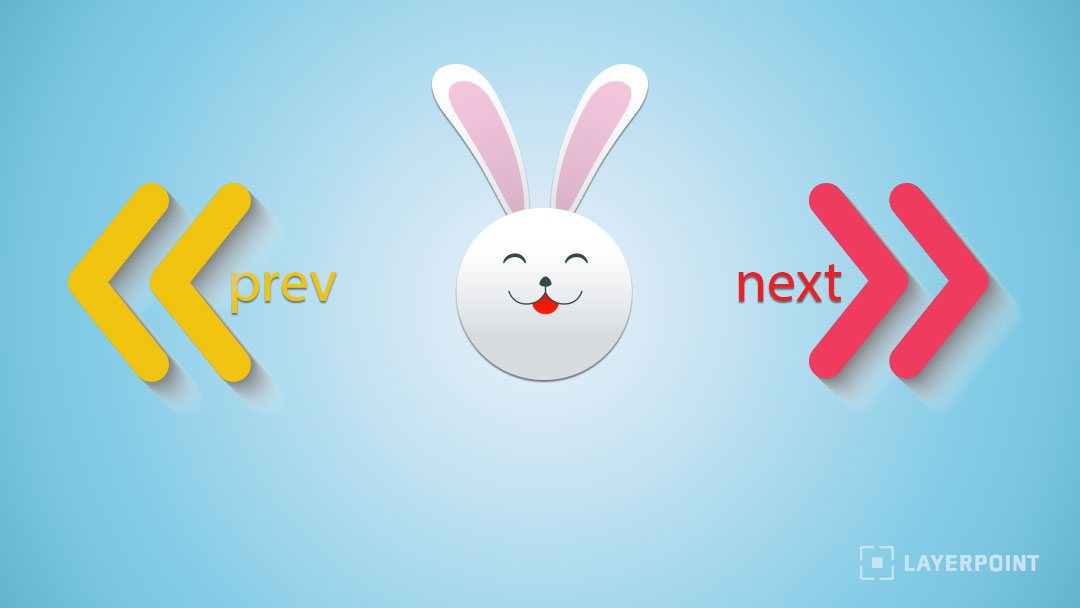If you are also confused about the word PrevNext and have searched for it online but were astonished to see all the technical names in the search results about which you never heard before, then do not worry. We have dumbed down the word, its uses, and platforms for you to understand it more clearly.
So without wasting any further time, let us get straight to it: –
Meaning: –
Although there is no defined meaning of ‘PrevNext’, not a single site can explain its meaning in a single sentence. But we have tried to do so, please bear with us. PrevNext refers to the ‘Previous’ and ‘Next’ tabs. Now you may be wondering where you have seen them on the internet right?
Well, allow us to tell. When you search for a result on the Google search engine and do not like the top results that are displayed or do not find the answer to your question in the top links, then you tend to scroll down the page to find other relevant articles that may help you solve your problem. Does this ring a bell?
You see the ‘Previous’ and ‘Next’ tabs together at the end of the search result page where “Goooooooogle” is displayed showing a number of page options that you can select and scroll to.
They make the site look more user-friendly and presentable to the readers, making them loyal to you in the long run.
Other than Google, you must have also seen it on many different blogging sites where they use this tab to help you navigate and scroll down their content pages. It is a commonly used word in the world of coding languages.
There are two platforms that use and further explain the PrevNext code – Drupal and jQuery.
1. Drupal: –
According to Drupal.org, PrevNext (Previous/Next) tab is a very simple module that provides two links – one to the previous and the other to the next node of the same type.
You can customize the nodes that will display the previous and the next tab by a simple configuration in the configuration panel and go to the ‘manage nodes’ tab. That’s it.
HOW TO USE: –
1. Enable the PrevNext module in the configuration panel.
2. You can enable or disable links on the content types by visiting “admin/config/user-interface/prevnext”
3. Go to ‘Manage Display’ of the nodes that you enabled.
JQuery: –
Before we come to jQuery you should be aware of the word ‘Slider’. Slider refers to a special tool on the internet that is used by various sites to display their new posts on the top of the pages. When you click the previous button, it will take you to the just before page where you found the recent article that you are reading and vice versa.
E.G. If you came to the page of ‘something top 5’ from the page of ‘top 6 things. Now, if you press previous then the website will take you back to the ‘something top 5’ page.
Uses of the PrevNext tab: –
The PrevNext tab has tons of different uses. But the most common use is putting it at the end of the website or a blog to help the reader navigate through the pages of content provided by the admin.
It can be used in an online examination to scroll through questions and submitted answers, can be used during a PowerPoint presentation, etc.
Why is this tab important: –
There is no importance or nobody who can tell the importance of these tabs, it completely depends on the user’s desire and wishes whether to include them in his blog or not.
Although, these tabs add a level of class and sophistication to the site and make it look classy. Plus, it also shows the technical knowledge and expertise of the admin of the page or the blog.
If you have any queries, suggestions, or complaints about the content or just want to let us know the quality and uses of the Previous and Next tabs please feel free to comment them down in the comment section below and our team will be more than happy to help you out.
Source: layerpoint.com


